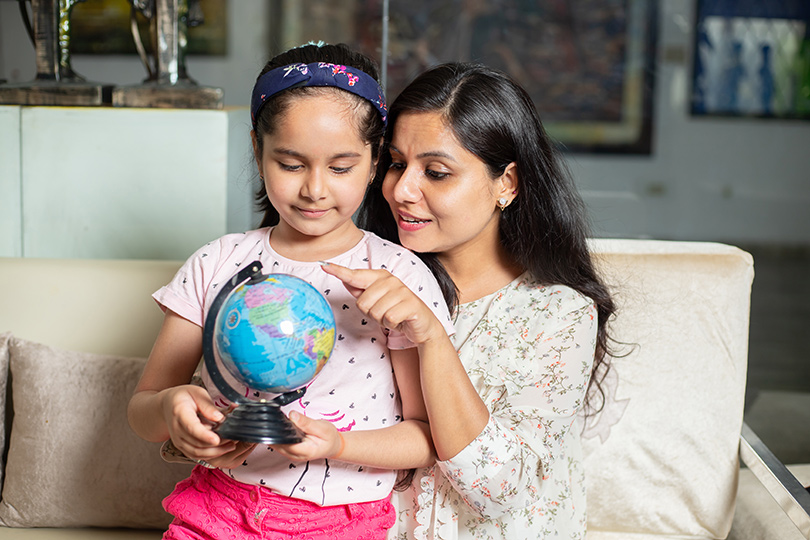Congenital Foot Deformities
Foot conditions that may be rare elsewhere are not rare here. We treat thousands of patients each year with congenital foot deformities.
While not all foot deformities are painful, if not treated early enough, they can affect a child’s development, including their ability to walk and perform daily tasks. Shriners Children’s is where children with congenital foot deformities receive comprehensive medical care from caring, compassionate physicians and care teams.
Our physicians diagnose and treat all types of pediatric congenital foot deformities in children, from newborns to teens and young adults. We'll work with you to find the right way to correct your child’s congenital foot deformity, so they can develop normally and reach their full potential. Maybe your child's goals, or your goals for your child, include walking and playing, running and throwing a football, riding a bicycle, or just doing what they want without pain or discomfort. We'll help them get there.
What are Congenital Foot Deformities?
Congenital (means the child was born with the condition) foot deformities can affect feet, toes and/or ankles. Many congenital foot deformities are common, like clubfoot; 1 in 1,000 children are born each year with a clubfoot. Other common congenital foot deformities include vertical talus, tarsal coalition, polydactyly, macrodactyly and cleft foot. Some congenital foot deformities have a genetic background, which means someone in your direct family history had the gene that caused the condition, and it was passed to your child.
Treating Congenital Foot Deformities
Often, we use techniques that take advantage of the plasticity (the ability to be molded) of child's foot, including casting, manipulation and splinting to address a foot deformity. Our approach help preserve the growth potential of a child's foot and minimize scarring and stiffness over more aggressive surgery.
With everything you need in a single location, you child’s congenital foot deformity needs can be met in one place, often without leaving the facility.
Personalized Care Across Generations
The special relationship we have with the children we treat for congenital foot deformities lasts far after we've stopped treating them. We often have parents bring their children to Shriners Children’s for congenital foot deformity treatment after receiving treatment here when they were children.
Below you’ll find additional information related to treating pediatric congenital foot deformities at Shriners Children’s.
Specific treatments and services may vary by location. Please contact a specific location for more information.
I had no idea if my child would ever crawl, walk, lift his arms or enjoy a ‘normal’ life, but because of the care Chase has received…we have a child who runs, rides a bike, plays sports, swims and does so much more.







